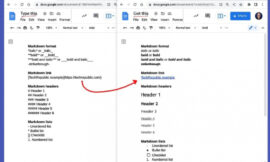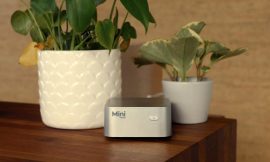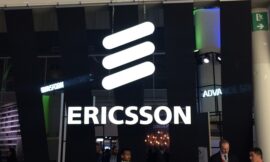Members of the mobile and telecommunications industries have gathered at Mobile World Congress 2024 in Barcelona, held Feb. 26-29. The main trends at MWC so far are AI, 5G and always-on connectivity.
We’re rounding up the enterprise business tech news from MWC that is most relevant for IT and tech decision-makers. This article will be updated throughout MWC with more tech news highlights.
Humane shows its novel wearable, the Ai Pin
The Humane AI team demonstrated its mobile phone alternative, called Ai Pin, on the show floor at MWC (Figure A). The $699 (plus subscription service) wearable is an intriguing look at a possible future where voice commands to a generative AI replace most interactions now performed through apps on phones.

The Ai Pin is expected to ship in March 2024. This wearable primarily targets consumers, but the device could have productivity benefits for remote workers, and the ideas behind the Pin could trickle into what other AI makers try next.
DOWNLOAD: This Mobile Device Security Policy from TechRepublic Premium
Intel commits to 5G and AI
Intel hooked a handful of announcements to MWC (Figure B), including:
- Intel’s Edge Platform, a software platform for enterprises to build and manage edge and AI solutions on standard hardware, coming later in Q1.
- A preview of Intel’s next Xeon processor for 5G core, which is codenamed Sierra Forest and is expected later in 2024.
- A peek at Granite Rapids-D, the Xeon processor expected to launch in 2025.
- Intel wants to put its chips in 100 million AI-enabled PCs by next year.
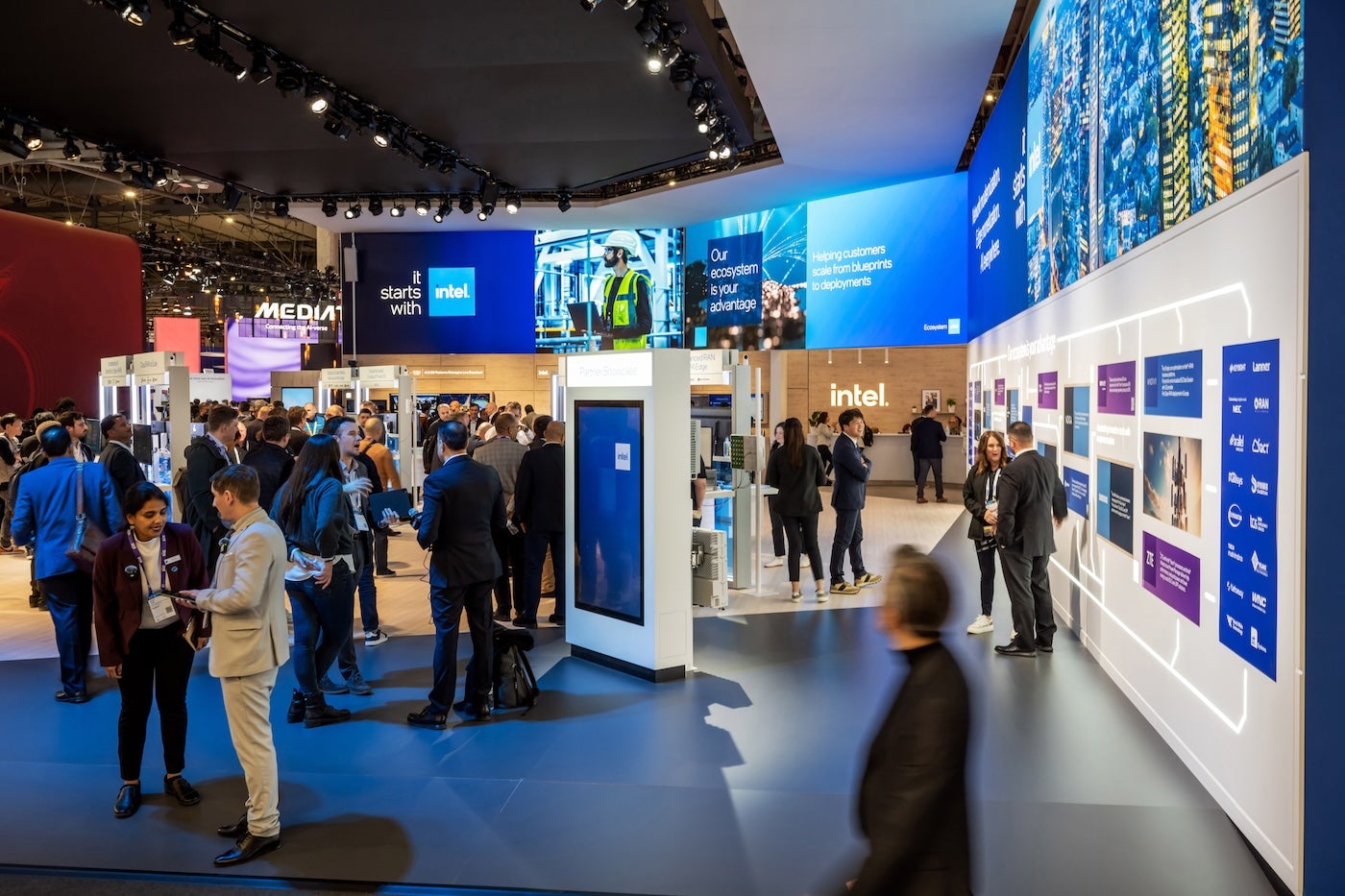
Qualcomm brings Wi-Fi, Bluetooth and Ultra Wideband to one chip
Qualcomm announced the FastConnect 7900 Mobile Connectivity system, a chip that uses Wi-Fi 7, Bluetooth or Ultra Wideband technologies depending on what the circumstances require. For business use, the system opens up opportunities for proximity-based functionality (e.g., it might be used in IoT-enabled factories) and multi-device experiences (e.g., easy file sharing, smart switching audio between wireless earbuds depending on context and using the same mice and keyboards with different PCs, phones and tablets).
Lenovo and Motorola debut Smart Connect
One appealing feature of Apple’s ecosystem is how easily devices can talk to each other with functionalities like AirDrop and Find My. Lenovo and Motorola will offer some of the same services with Smart Connect, which syncs peripheral controls, notifications, file sharing and cameras between Lenovo PCs running Windows 10 or later and some Lenovo tablets and Motorola devices (Figure C). Smart Connect will be downloadable through the Microsoft or Google Play stores “in the coming months.”
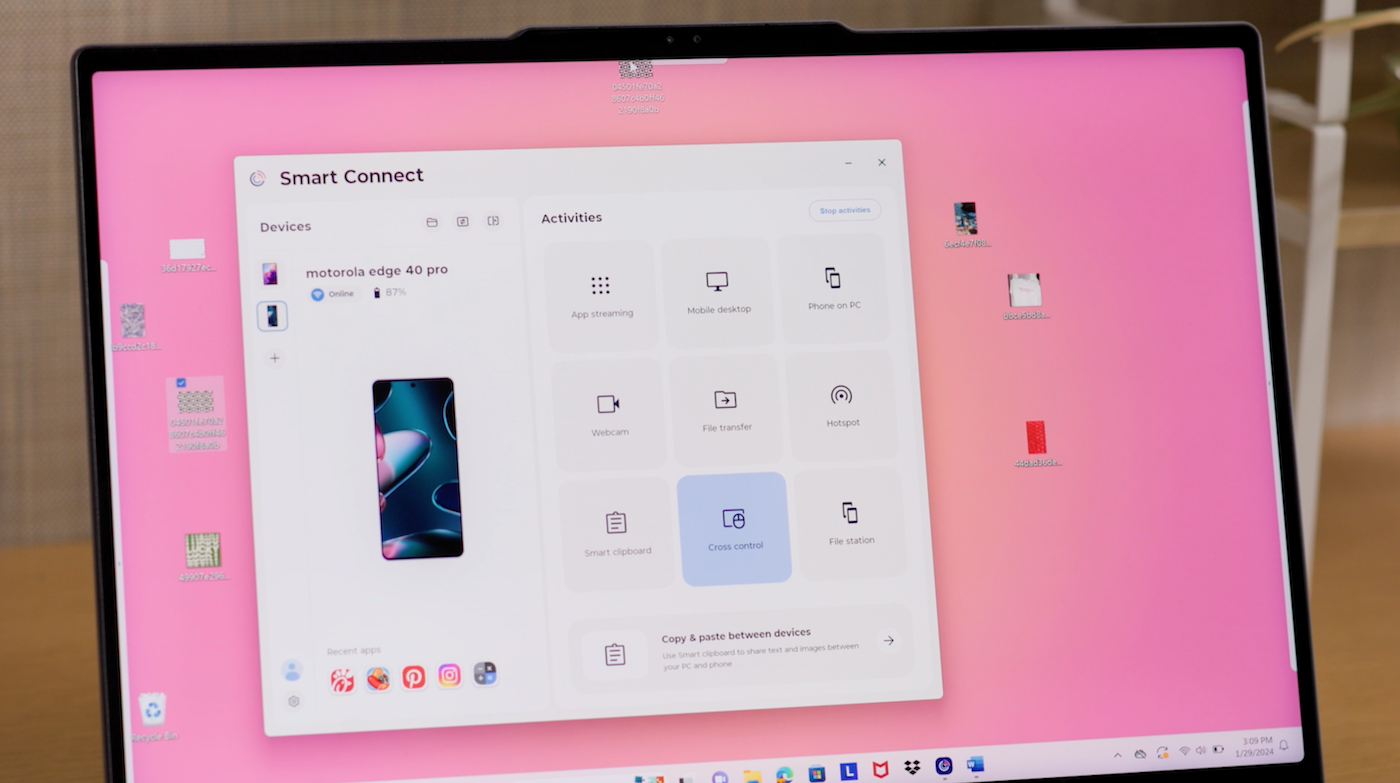
In addition, Motorola had on hand its fun, still experimental adaptive display, which is flexible enough to let someone wear a phone like a bracelet.
rSIM claims protection against mobile downtime
One of the more remarkable new brands to come out of MWC 2024 so far is rSIM, whose product focuses on device-agonistic connectivity for support during outages. rSIM perhaps benefits accidentally from being able to hold its product up as a possible solution to outages like the one AT&T experienced last week.
rSIM could be an interesting option for IoT-heavy workplaces to make sure workers stay connected. rSIM sells to mobile operators, device manufacturers and value-added resellers.
Nokia is now Dell’s primary partner for enterprise edge use cases
Dell and Nokia have entered into a partnership that will see Dell take the lead in transitioning customers over time from Nokia AirFrame servers to Dell PowerEdge servers. Plus, Nokia will be Dell’s preferred private wireless partner for enterprise edge use cases. For those enterprise edge use cases, that means it will be easier to integrate the Nokia Digital Automation Cloud private wireless solution with Dell’s edge operations software platform, Dell NativeEdge.
Editor’s note: TechRepublic is covering MWC 2024 remotely.
Source of Article
